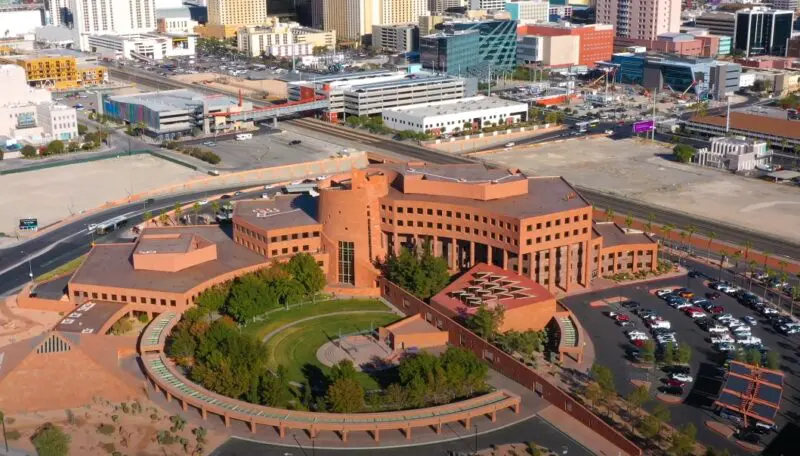Clark County currently experiences a rapid population growth? What a shocker, right?
Figuring out what’s driving this boom is, of course, super important—because who could have possibly predicted this?
So, let’s dig into the oh-so-surprising details of this inevitable reality.
Current Population Statistics
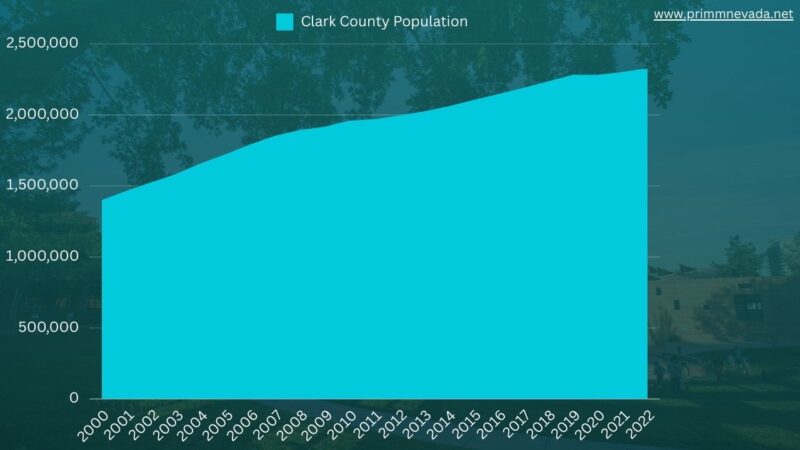
As of 2025, Clark County’s population stands at approximately 2.35 million, marking a notable increase from previous years. As it wasn’t the most populous county in Nevada already, right?
In 2010, the population was just about 1.95 million, growing at a snappy average annual rate of 1.5%. Compare that to the national average, lazily creeping along at around 0.7% annually.
Clearly, Clark County’s been a magnet, pulling in folks left and right. Because who wouldn’t want to join the crowd here, right?
Comparing historical data, the county’s population has grown by nearly 20% since 2010, driven by factors such as:
- Economic opportunities
- Migration trends
- Favorable living conditions
Factors Driving Population Growth
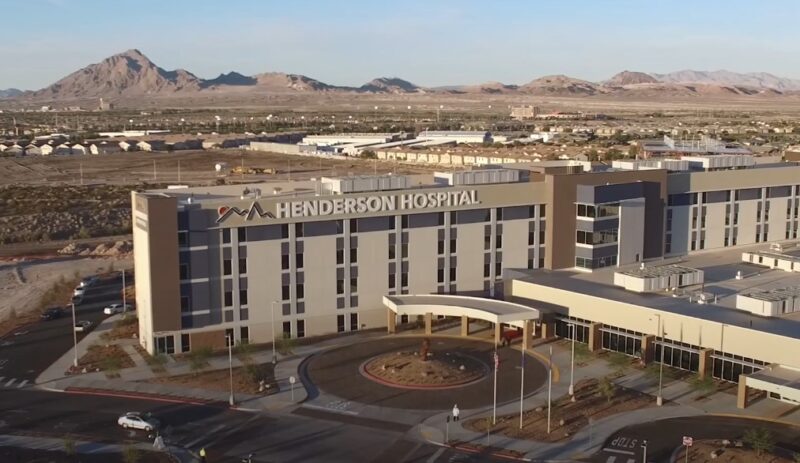
Now let me show you what are the main factors that drive the local population growth.
Economic Opportunities
Clark County’s economic landscape has been a significant driver of its population growth.
The county has seen substantial growth in:
- Leisure sector
- Hospitality sector
- Healthcare sector
The booming tourism industry, centered around Las Vegas, just can’t wait to offer you countless employment opportunities—from the glamorous world of hotel management to the non-stop excitement of entertainment.
Meanwhile, the healthcare sector has graciously expanded, all thanks to the never-ending demand for more medical services and facilities. Because, apparently, everyone loves a good doctor’s visit.
Migration from California
A notable trend contributing to Clark County’s population growth is the migration from California.
Historically, many Californians have moved to Nevada seeking:
- Lower cost of living
- Favorable tax conditions
- More relaxed lifestyle
The high cost of living and significant tax burdens in California have driven many to seek more affordable alternatives, with Clark County being a prime destination.
Retirement and Aging Population
The influx of retirees is another critical factor in Clark County’s population growth.
Many retirees are attracted to the county’s favorable living conditions, including:
- Warm climate
- Affordable housing
- Abundant recreational opportunities
The aging baby boomer generation has significantly influenced population dynamics, with many choosing Clark County as their retirement destination.
Future Projections

According to the University of Nevada, Las Vegas (UNLV), Clark County’s population is expected to continue its upward trajectory, potentially reaching 3 million residents by 2042.
This projection really hammers home just how irresistibly charming and economically robust Clark County is, doesn’t it?
Apparently, the forecast is set for a steady climb until 2060, all thanks to never-ending job opportunities and a flood of new neighbors.
Clearly, these rosy predictions scream for a lifetime of meticulous planning and never-ending infrastructure projects to keep up with the booming population and make sure we don’t spiral into chaos.
And let’s not forget the “exciting” new infrastructure projects on the horizon.
The Brightline high-speed rail, zipping between Las Vegas and Southern California, is bound to make regional connectivity the next big thing and draw even more people to our already crowded haven.
Then there are the shiny new hotels and casinos set to spring up, promising a cornucopia of jobs and economic windfalls.
All these developments are obviously set to play a crucial role in not just handling but actively encouraging even more growth, solidifying Clark County’s reputation as a bustling and ever-changing hotspot.
Challenges and Implications
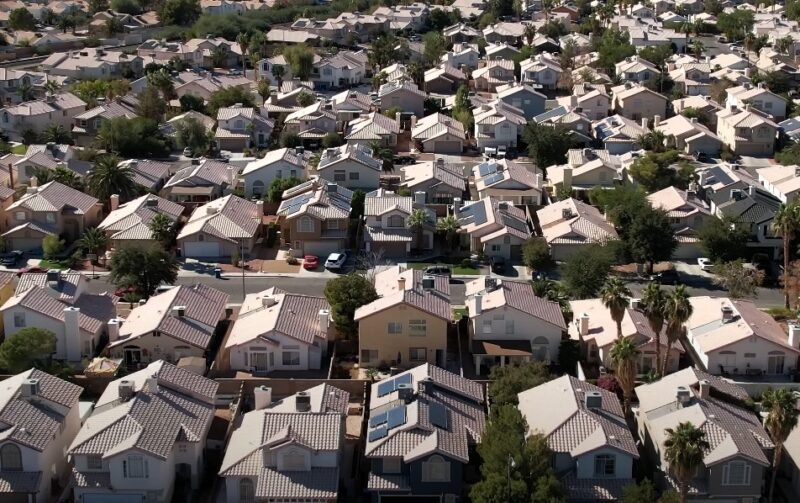
Of course, there are certain challenges that might cause problems for the population’s growth.
Housing and Real Estate
The rapid population growth in Clark County has led to increased demand for housing, posing significant challenges for the real estate market.
The country allocated more than $60 million to provide affordable housing solutions, which has become a critical issue, as rising property values and rents put pressure on residents.
The county must address these challenges by:
- Promoting sustainable development
- Incentivizing affordable housing projects
- Esuring a balanced real estate market that caters to all income levels.
Infrastructure and Resources
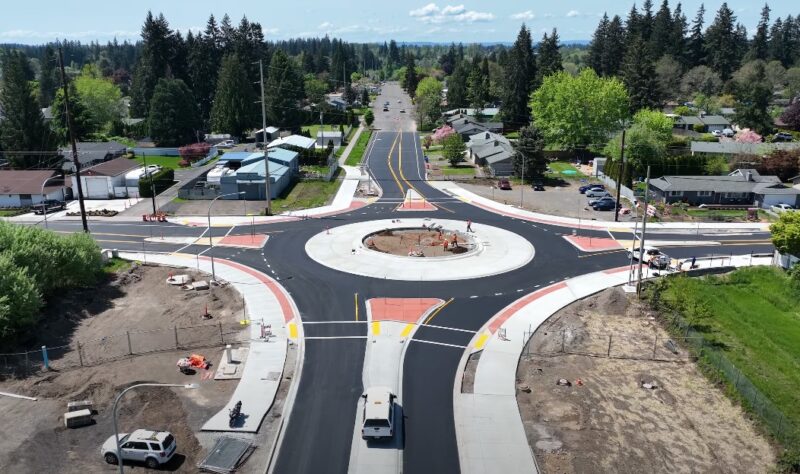
Oh joy, with the population boom, Clark County’s infrastructure and resources are getting stretched thinner than your patience in a traffic jam.
Water supply and transportation systems are taking a hit, clearly begging for some TLC in the form of major investments and development.
Tackling these oh-so-pleasant challenges will obviously need some comprehensive planning and resource allocation to:
- Upgrade the outdated infrastructure
- Boost the public transportation that everyone loves to hate
- Roll out water conservation measures because, surprise, we need water to live
Ensuring these resources don’t completely collapse under the strain is, naturally, crucial for supporting the ever-growing crowd.
Healthcare and Services
The increasing population, particularly the aging demographic, has led to a rising demand for healthcare services in Clark County.
The demand places pressure on the existing healthcare infrastructure, requiring expansion and enhancement to meet residents’ needs.
Comparing healthcare employment with peer cities, Clark County must invest in healthcare facilities, recruit skilled professionals, and develop robust healthcare services to provide adequate care for its residents and maintain a high quality of life.
The Bottom Line
Clark County’s population growth is driven by various factors and presents both opportunities and challenges.
Balancing these aspects is crucial for sustainable development.
The future of Clark County depends on strategic planning and effective resource management to ensure a thriving community for its residents.
Related Posts:
- The Complete List of Nevada Counties by Population 2025
- Best Rooftop Bars in Toronto for Instagram-Worthy…
- Star of the Desert Arena - Upcoming Events In The…
- The Best 7 Things to Do in Laughlin Nevada in 2025
- Planning Your First Hiking Trip? Here’s Everything…
- Do Lotto Tickets Expire? Claim Your Prize Before…

